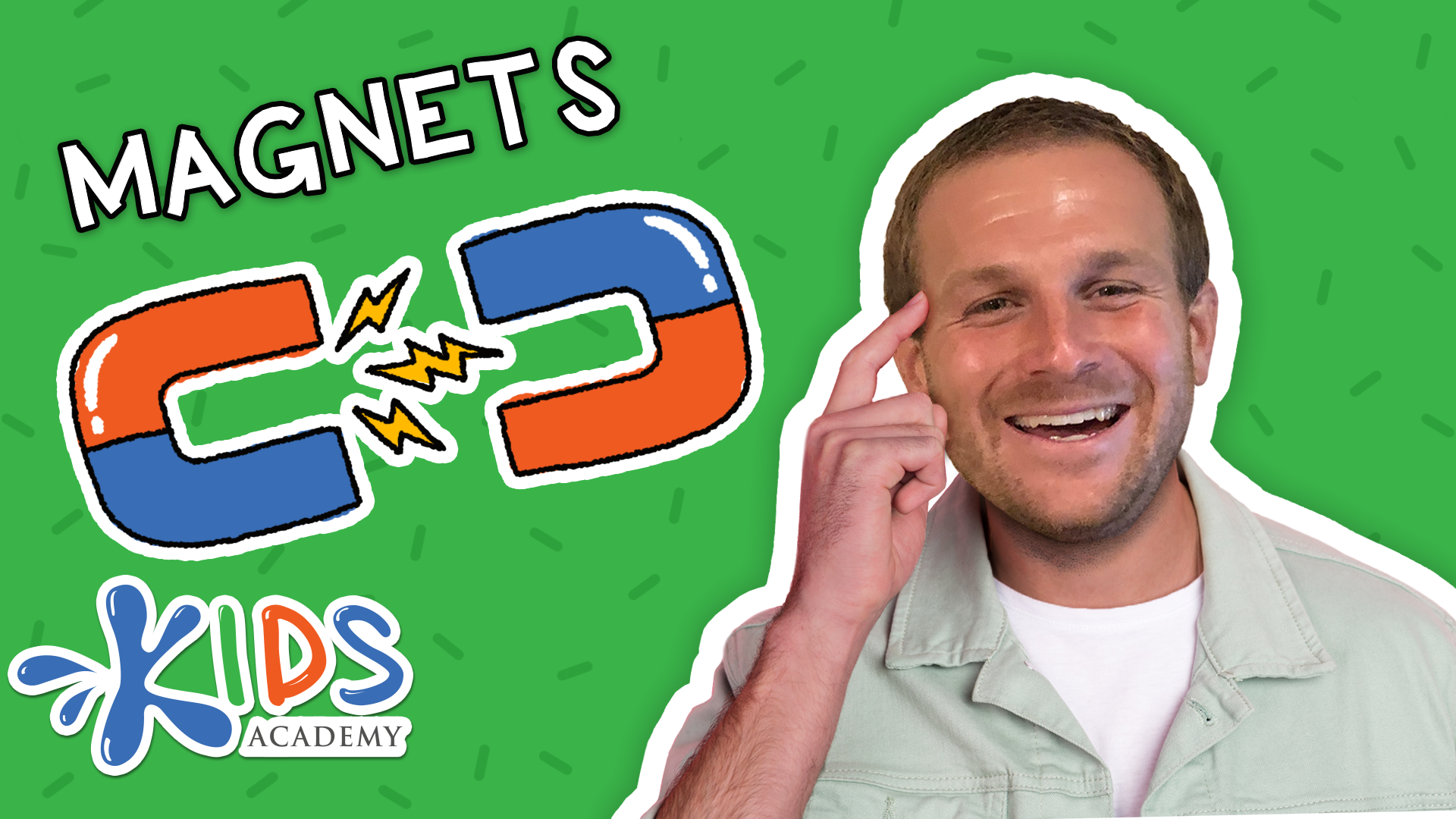Spatial awareness Normal Physical Science Worksheets for Ages 3-7
3 filtered results
-
From - To
Enhance your child's spatial awareness with our comprehensive physical science worksheets for ages 3-7. Our expertly designed activities help young learners understand spatial concepts through fun and interactive exercises. Each worksheet is crafted to strengthen cognitive skills, hand-eye coordination, and understanding of shape, size, and space relationships. With engaging puzzles, matching games, and drawing tasks, children can develop essential skills while enjoying their learning journey. Perfect for homeschooling or supplementary classroom use, Kids Academy simplifies complicated topics into easily digestible content, ensuring effective knowledge retention. Give your child a head start in science with our spatial awareness worksheets.


Position and Motion Worksheet


Which Direction Will it Go? Worksheet


In Front or Behind: Part 2 Worksheet
Spatial awareness and physical science lay foundational stones in a child’s cognitive and physical development, making it vital for parents and teachers to cultivate these early in life. Spatial awareness is the ability to understand and interact with the physical space around us. It enables children to comprehend concepts like distance, direction, and location, which are integral not just to science and mathematics, but also to daily activities such as navigating a playground or organizing toys.
Engaging children in activities that foster spatial awareness sharpens their problem-solving skills and creativity. Simple tasks like block building, puzzles, and sandbox play teach them how objects move and interact in space. This early exposure to spatial reasoning unknowingly gears them towards more complex scientific concepts.
Physical science introduces children to the basics of the natural world—gravity, force, and energy. By observing and experimenting with everyday phenomena, kids develop a curiosity about how things work. This curiosity is a vital component of the scientific mind, encouraging them from an early age to ask questions, seek answers, and understand cause-and-effect relationships.
Integrating spatial awareness and physical science in early education strengthens pathways for future academic success and helps build cognitive and motor skills essential for lifelong learning and problem-solving capabilities.
 Assign to My Students
Assign to My Students














